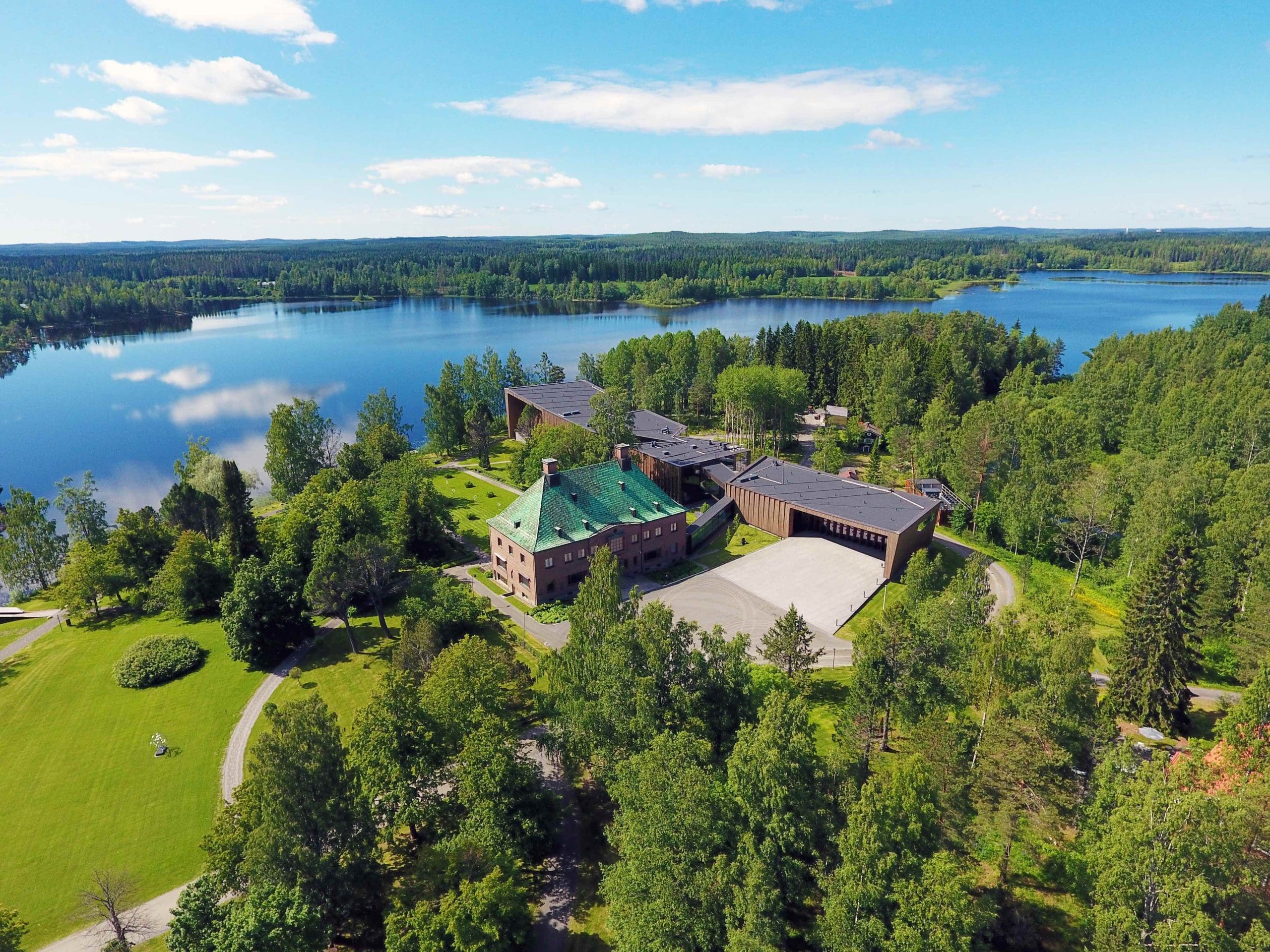
Serlachius is open at 10:00-18:00
infoRestaurant Gösta is open at 11:00-17:30

Far out art with a historic heart
1933
2025

Serlachius is open at 10:00-18:00
infoRestaurant Gösta is open at 11:00-17:30

Far out art with a historic heart
1933
2025